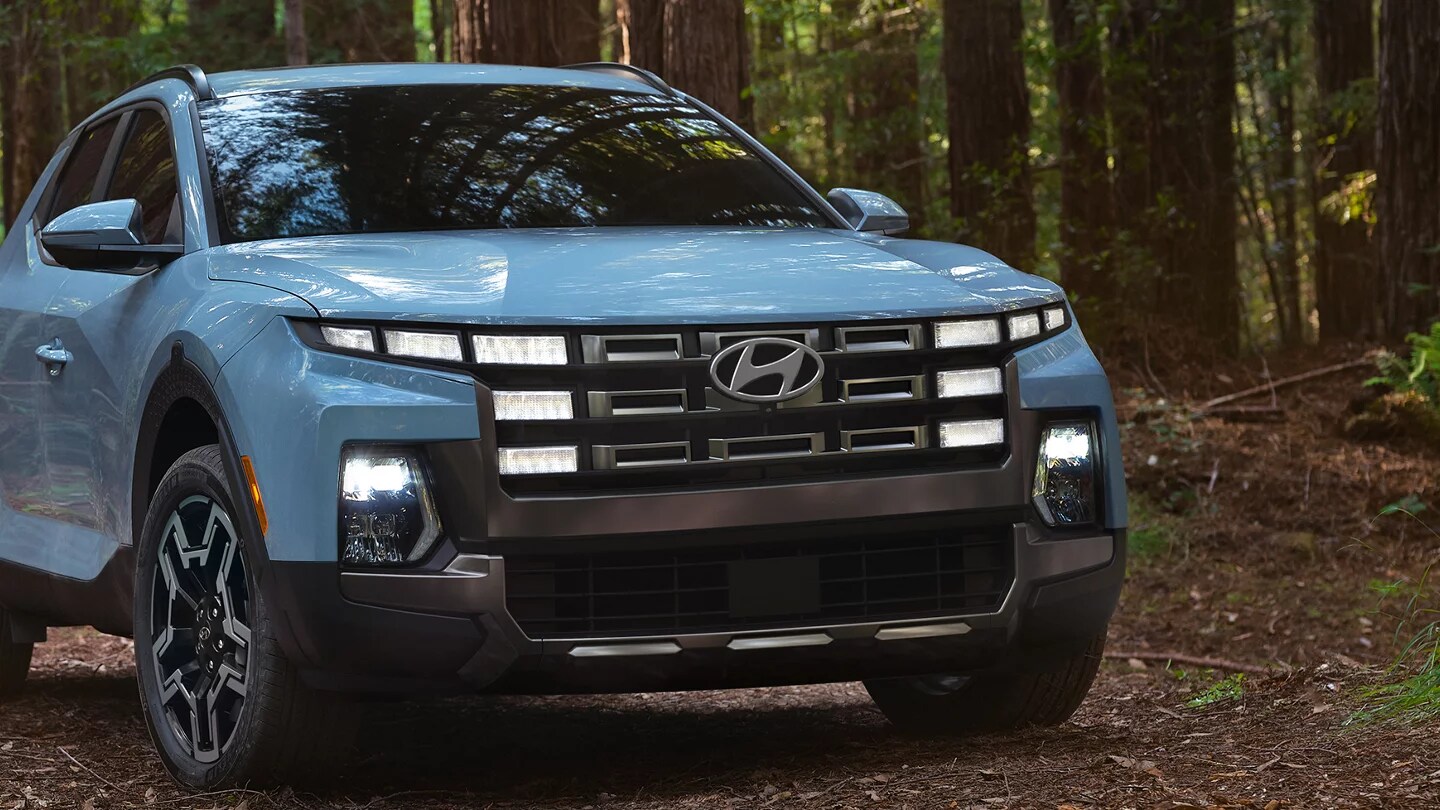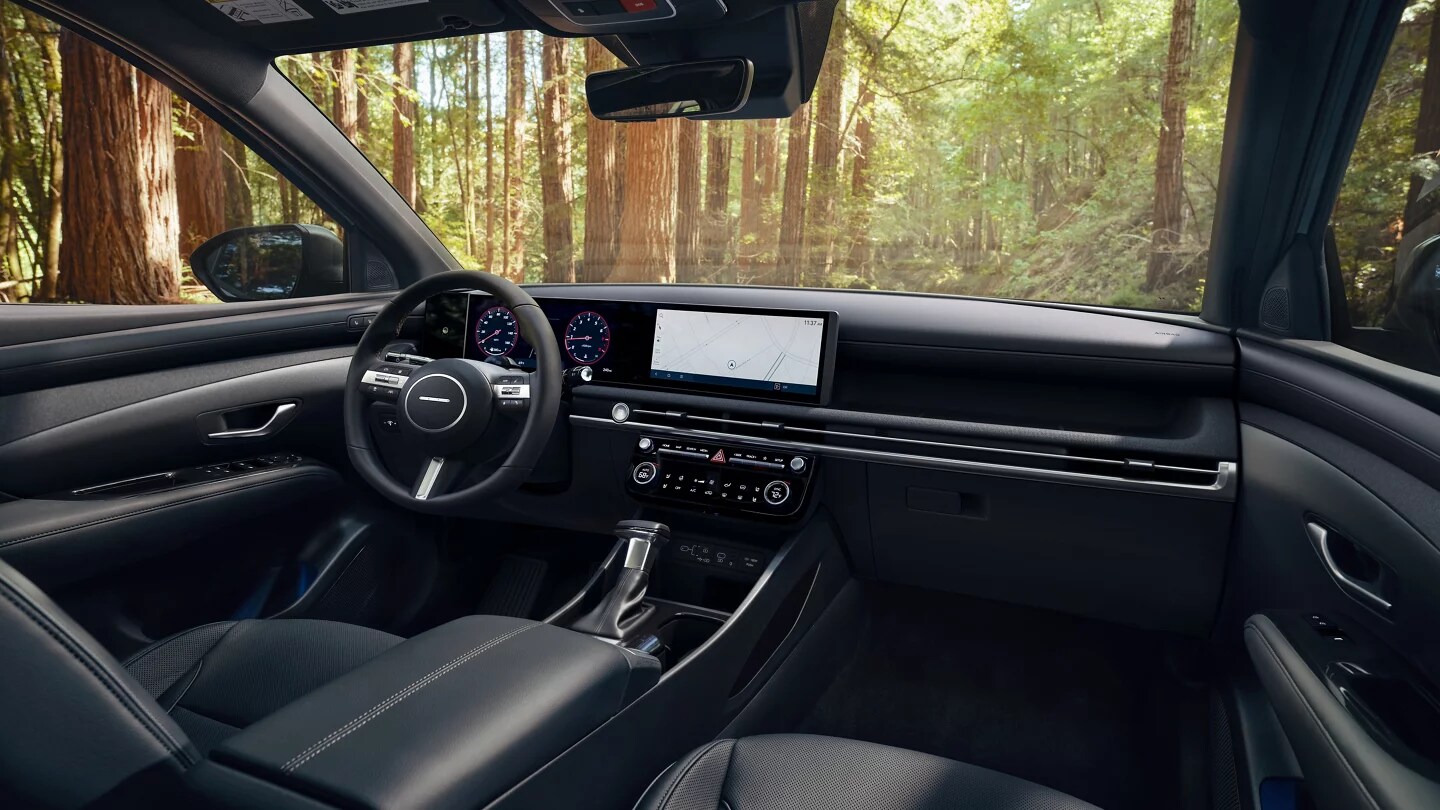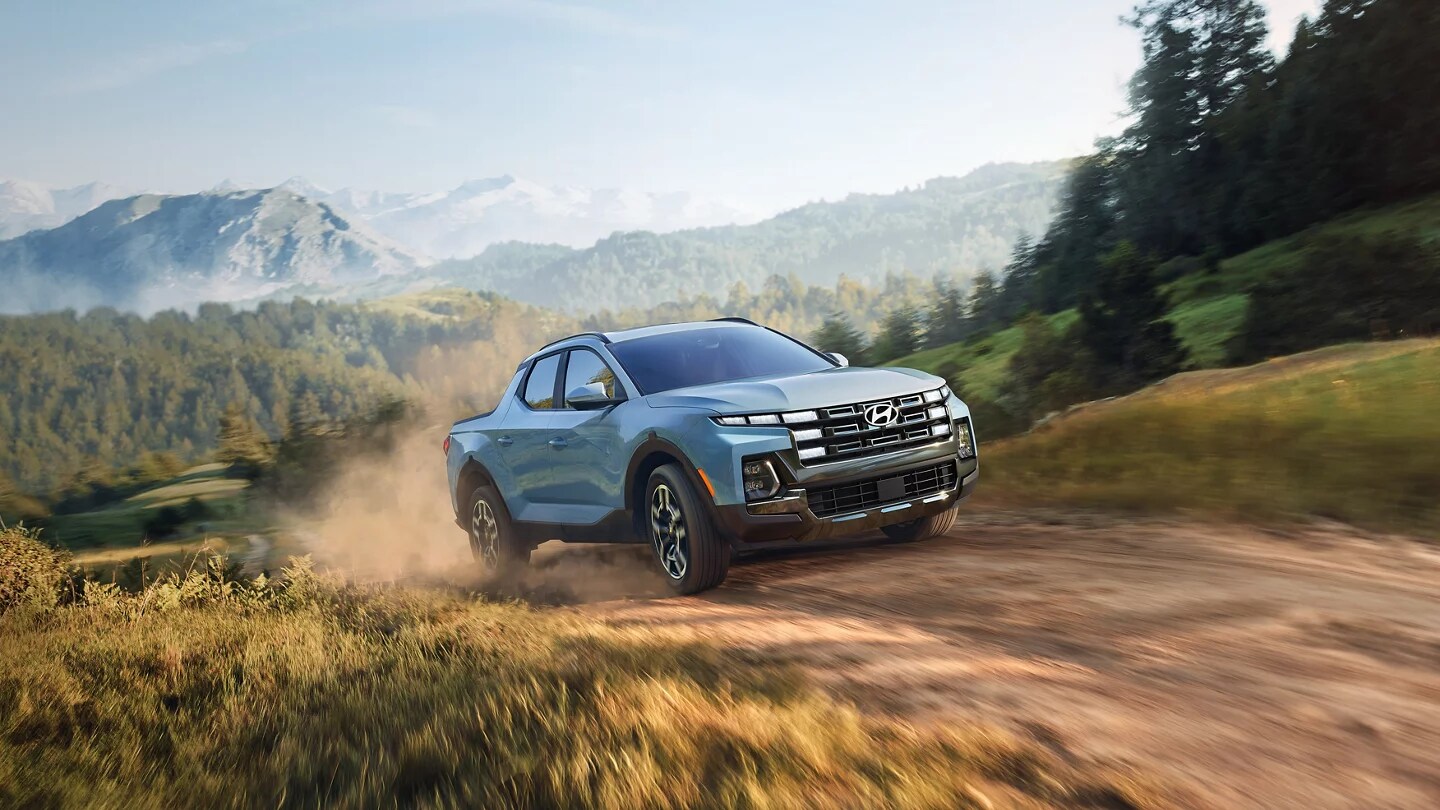Our new Hyundai dealership in Weatherford is excited to announce that the new 2026 Hyundai Santa Cruz truck is now available for sale and for lease in Weatherford, Texas! The Jerry's Hyundai team invites our Weatherford, Dallas, Fort Worth, and Granbury communities to stop by our local Hyundai dealership in Weatherford to schedule a test drive in the latest 2026 model. Our Hyundai team has answered a few commonly asked questions below to help our Texas customers prepare to purchase a new vehicle. Before you schedule a Santa Cruz test drive, check out our Q&A section below to learn more about the new Hyundai Santa Cruz and how it stands out from the competition.

How much does the new 2026 Santa Cruz truck cost?
The 2026 Hyundai Santa Cruz has a starting MSRP of $29,500.
How much horsepower does 2026 Santa Cruz have?
The new Hyundai Santa Cruz has up to 281 HP.
What is the passenger capacity of the 2026 Hyundai Santa Cruz?
The Hyundai Santa Cruz has a passenger capacity of five people.
Tech Features in a New Hyundai Santa Cruz Truck
The 2026 Santa Cruz doesn't skimp on available tech features. Drivers and passengers alike can feel powered-up and in control when on the Texas roads. Let's hit on some highlights you can anticipate when getting behind the wheel of a 2026 Santa Cruz.
Bluelink+ lets your compatible smartphone remotely access your Hyundai vehicle. Easily lock or unlock your Santa Cruz, remotely start your compatible vehicle, and more from your smartphone. The best part is that this is no additional cost to drivers!
Hyundai Pay is an exciting technology advancement that allows you to pay for parking or gas without having your physical credit card, debit card, or cash. You connect your credit card through Bluelink, and you're then able to access Hyundai Pay through your touchscreen navigation.
These are just a couple of the technology features Hyundai has available in the 2026 Santa Cruz. Our sales team will happily walk you through all the additional features and highlights when you come in for a test drive.

Stay Safe with Hyundai SmartSense
Advanced safety features come standard with Hyundai's SmartSense. Did you know every Hyundai vehicle comes equipped with SmartSense technologies? Let's jump into what that means for you. Safety innovations like Blind-Spot View Monitor, Forward Collision-Avoidance Assist, and more come standard with every new Santa Cruz. Hyundai's suite of safety features keep our Texas roads safer - for you and everyone else!
New Hyundai Santa Cruz Trim Level Options
The 2026 Hyundai Santa Cruz truck is available in five trim levels with seven exterior color options, offering a wide range of customization options for our Texas drivers. Let's break down the details of the 2026 Hyundai Santa Cruz available trims:
2026 Hyundai Santa Cruz SE
Starting MSRP of $29,500
Estimated 30 Highway MPG
12.3-inch Touchscreen Display
Wireless Apple CarPlay® and Android Auto™
Starting MSRP of $29,500
Estimated 30 Highway MPG
12.3-inch Touchscreen Display
Wireless Apple CarPlay® and Android Auto™
2026 Hyundai Santa Cruz SEL
Starting MSRP of $31,150
H-Tex® Leatherette-Trimmed Seats
Roof Side Rails
191-hp 2.5L GDI-MPI 4-cylinder engine
Starting MSRP of $31,150
H-Tex® Leatherette-Trimmed Seats
Roof Side Rails
191-hp 2.5L GDI-MPI 4-cylinder engine
2026 Hyundai Santa Cruz SEL Activity
Starting MSRP of $34,200
Power Sunroof
Integrated Tonneau Cover
Wireless device charging
Starting MSRP of $34,200
Power Sunroof
Integrated Tonneau Cover
Wireless device charging
2026 Hyundai Santa Cruz XRT
Starting MSRP of $41,100
281-hp 2.5L Turbocharged GDI-MPI 4-cylinder engine
HTRAC All Wheel Drive
18" XRT Alloy Wheels & XRT Front Dark Grille
Starting MSRP of $41,100
281-hp 2.5L Turbocharged GDI-MPI 4-cylinder engine
HTRAC All Wheel Drive
18" XRT Alloy Wheels & XRT Front Dark Grille
2026 Hyundai Santa Cruz Limited
Starting MSRP $43,450
281-hp 2.5L Turbocharged GDI-MPI 4-cylinder engine
HTRAC All Wheel Drive (AWD)
Integrated Memory System (IMS)
20-inch Alloy Wheel
Starting MSRP $43,450
281-hp 2.5L Turbocharged GDI-MPI 4-cylinder engine
HTRAC All Wheel Drive (AWD)
Integrated Memory System (IMS)
20-inch Alloy Wheel


